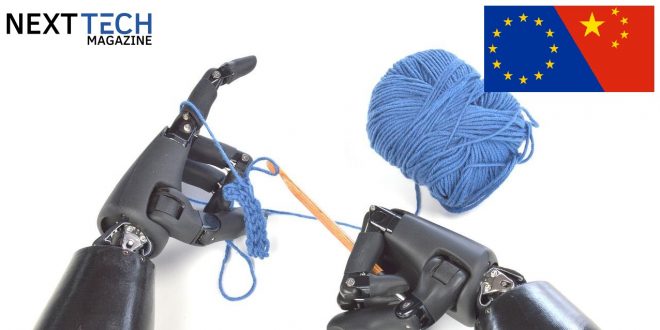What’s the Approach by Europe?
The European Union is laying out its own rules and the AI Act is a significant piece of tech legislation on this specific agenda which has been busy in the last few years.
Recently, negotiations were closed on the Digital Markets Act and the Digital Services Act. These two major regulations will curtail Big Tech. Now, the AI law looks to impose an all-encompassing framework depending on the level of risk. This will have a significant impact on the products brought by the company to the market. The law defines the four different categories of risk in AI. These include minimal, limited, high, and unacceptable.

The rotating EU Council presidency currently held by France has floated new powers for national authorities for auditing AI products before hitting the market. It has proven fraught to define the risks and categories. Members of the European Parliament have called for a ban on facial recognition, especially in public places for restricting its use by law enforcement. The European Commission still wants to use it for investigations. However, privacy activists are not too pleased as it increases surveillance and erodes their privacy.
The technical objectives of both China and Europe are quite the same even though the political system and motivations of China are not supported by lawmakers in Europe. Now it is up to the West to pay attention and see how China implements them. Also, the rest of the world needs to take a closer look at how the situation evolves in China.
The efforts made by China are more prescriptive and include algorithm recommendation rules. These can rein in the influence of tech companies based on public opinion. Whereas, on the other hand, the AI Act is a broad-brush effort seeking to bring all of AI under a single regulatory roof.
 Next Tech Magazine Get The Latest Technology Updates
Next Tech Magazine Get The Latest Technology Updates







